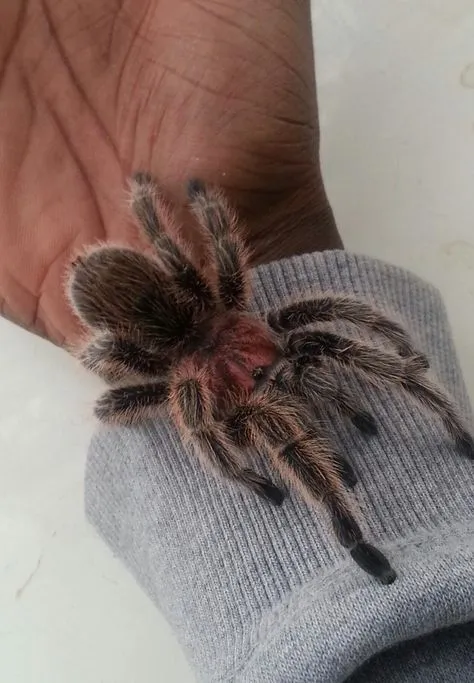Rose Hair Tarantula Facts Unveiled
The Rose Hair Tarantula, scientifically known as Grammostola rosea, is a popular pet tarantula, beloved for its docile nature and relatively easy care requirements. These spiders originate from the arid regions of South America, including Chile, Bolivia, and Argentina. Their adaptability and intriguing behaviors make them a fascinating subject for both novice and experienced arachnid enthusiasts. This comprehensive guide will unveil key facts about the Rose Hair Tarantula, covering essential aspects of their care, from habitat setup to health maintenance, ensuring you provide the best possible environment for your eight-legged friend to thrive.
Origin and Habitat
Rose Hair Tarantulas are native to the dry scrublands and deserts of South America. They are terrestrial spiders, meaning they spend most of their time on the ground. In their natural habitat, they create burrows or utilize existing shelters under rocks, logs, or in the undergrowth. They are well-adapted to survive in arid climates, which influences their needs in captivity. Understanding their natural environment is crucial for replicating their ideal living conditions and ensuring their well-being. Recreating these conditions is vital for the health and happiness of your Rose Hair Tarantula.
Appearance and Characteristics
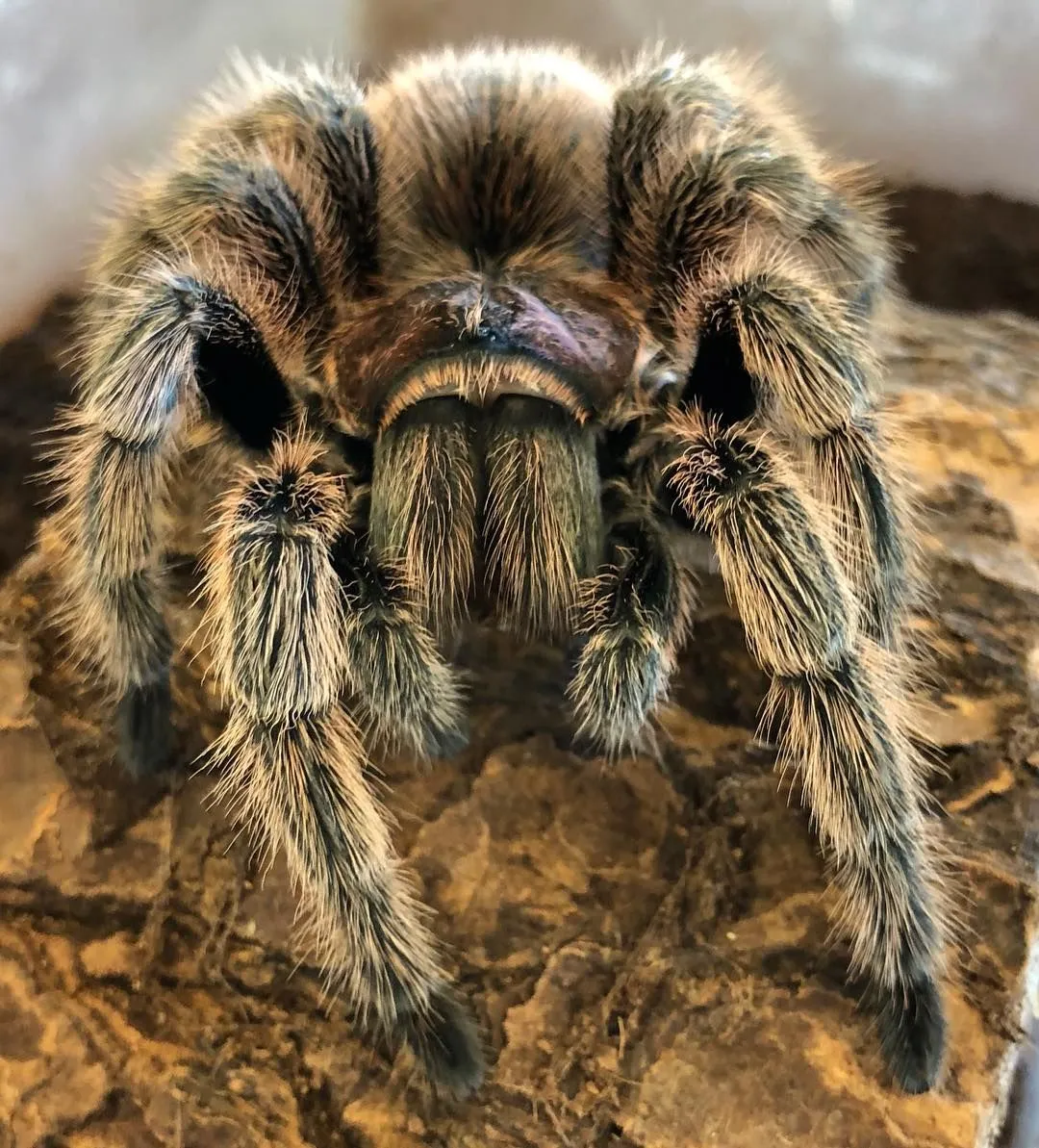
The Rose Hair Tarantula gets its name from the pinkish-red hairs that cover its body, particularly noticeable during molting. These hairs, along with their overall dark coloration, blend them seamlessly with their surroundings. They are a relatively large species, with females growing up to 6 inches in leg span, and males being slightly smaller. Their appearance is a key aspect of their charm, making them a visually striking addition to any collection. The coloration and size are significant indicators of their health and age, helping owners monitor their well-being.
Lifespan
One of the most appealing aspects of the Rose Hair Tarantula is its longevity. Females can live for an impressive 20 years or more, making them a long-term companion. Males, however, have a much shorter lifespan, typically only living for about 5-10 years. This significant difference is due to the mating process and the physiological changes it induces. When considering a Rose Hair Tarantula as a pet, it’s important to factor in their lengthy lifespan and the commitment required to care for them over many years.
Behavioral Traits
Rose Hair Tarantulas are known for their docile temperament, making them a good choice for beginners. They are generally slow-moving and less prone to biting compared to other tarantula species. However, they can flick urticating hairs from their abdomen as a defense mechanism, which can cause irritation. They are primarily nocturnal, active during the night, and often remain hidden during the day. Their behavior is a reflection of their natural survival instincts, making observation and understanding their actions a key part of responsible pet ownership. The more you observe, the better you’ll understand your tarantula’s needs.
Rose Hair Tarantula Care Essentials
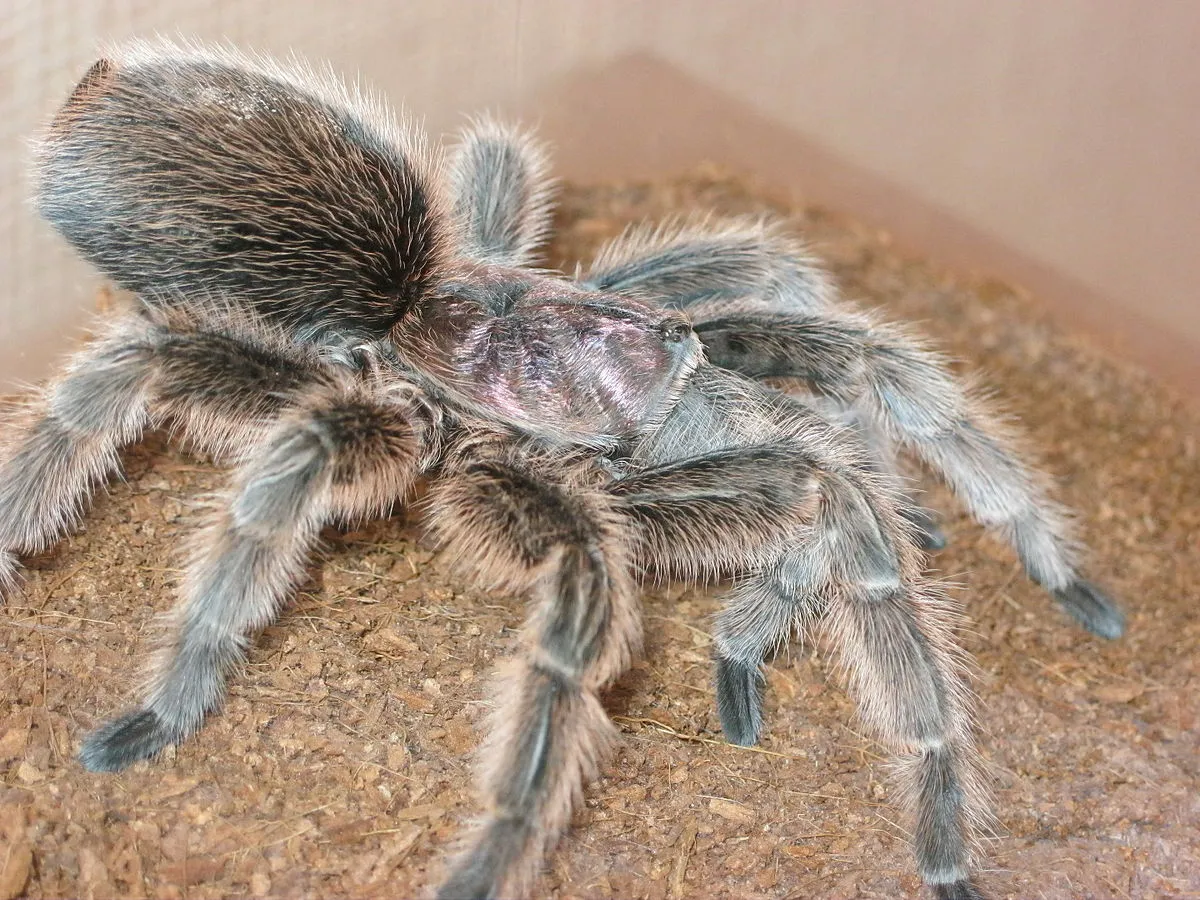
Enclosure Requirements
Providing a suitable enclosure is paramount to the well-being of your Rose Hair Tarantula. A secure and appropriately sized terrarium is essential. For adults, a 10-gallon tank is often adequate, though a larger enclosure can provide more space for burrowing and exploration. The enclosure should have a secure lid to prevent escape, and ventilation is crucial to maintain proper air circulation and prevent mold growth. The enclosure should be set up before introducing the tarantula, allowing you to fine-tune the environment.
Substrate and Decor
The substrate should consist of a mix of materials that mimic the tarantula’s natural habitat. A combination of coco fiber, peat moss, and a bit of vermiculite is often recommended. This mixture helps retain moisture and allows the tarantula to burrow. Decor can include cork bark, artificial plants, and a water dish. Avoid sharp objects or materials that could harm the tarantula. The setup should create a comfortable and enriching environment that caters to the tarantula’s natural behaviors.
Temperature and Humidity
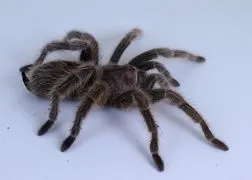
Maintaining the correct temperature and humidity levels is vital. Rose Hair Tarantulas thrive in temperatures between 75-85°F (24-29°C). A heat mat can be placed on the side of the enclosure to provide a gentle source of heat. Humidity levels should be around 60-70%, which can be maintained by misting the enclosure periodically and ensuring the substrate is slightly moist. Use a hygrometer to monitor the humidity levels to ensure the environment is consistently appropriate.
Feeding and Hydration
Feeding your Rose Hair Tarantula involves providing a diet of live insects. Crickets, mealworms, and roaches are all suitable food sources. The frequency of feeding depends on the spider’s age and size, with juveniles requiring more frequent meals than adults. Ensure that the insects are gut-loaded before feeding them to your tarantula to provide essential nutrients. Fresh water should be available at all times in a shallow dish. Overfeeding should be avoided, as it can lead to health issues. Observation of feeding behavior is key to keeping your tarantula healthy.
Handling and Interaction
While Rose Hair Tarantulas are generally docile, handling should be kept to a minimum. If you choose to handle your tarantula, do so carefully and gently. Avoid sudden movements and be aware of the potential for urticating hairs. Always wash your hands before and after handling your tarantula. It’s important to note that handling is often stressful for tarantulas, and it’s not necessary for their well-being. Allowing your tarantula to exist in its enclosure with minimal interference is often the best approach.
Health and Common Issues
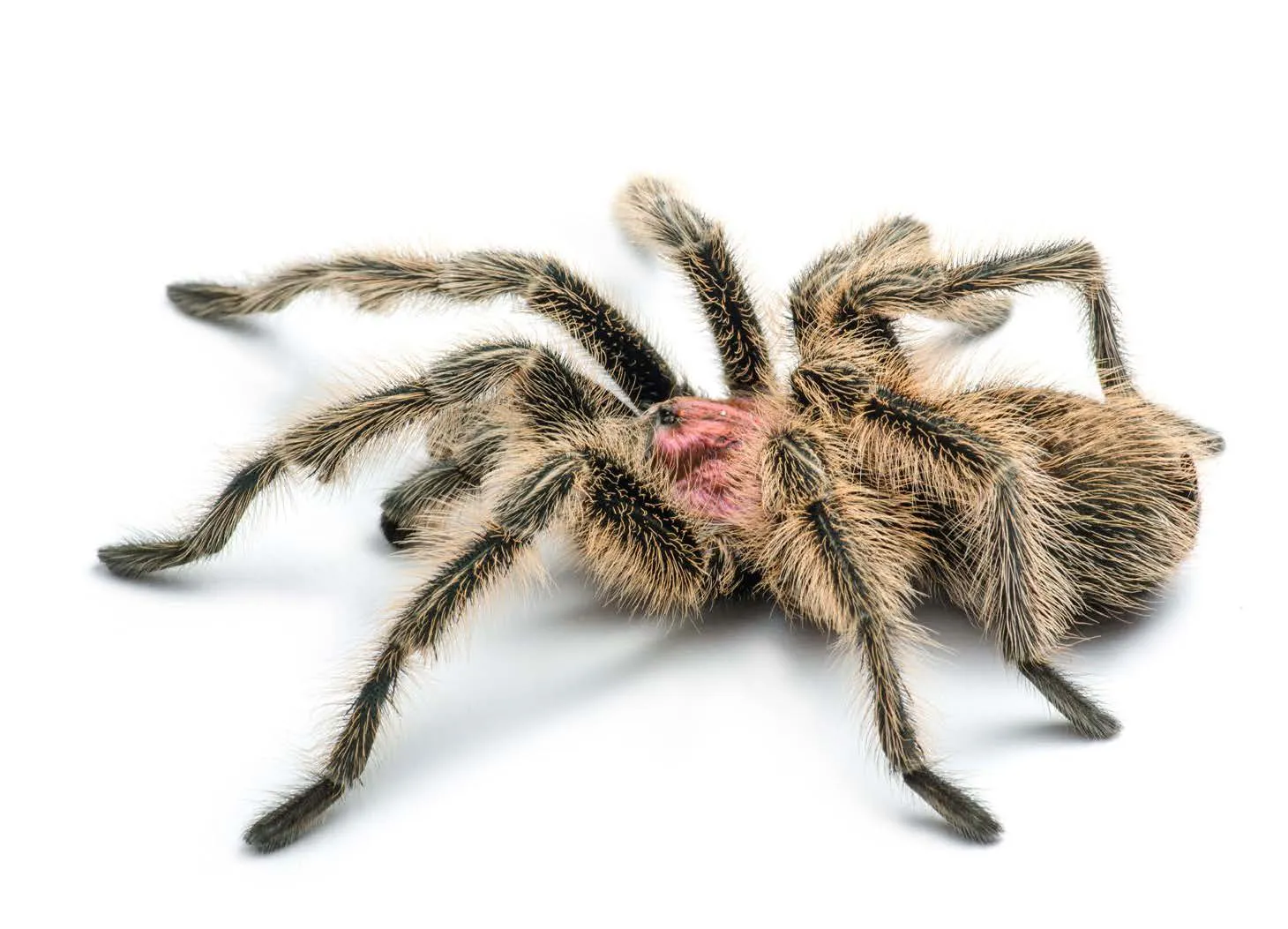
Molting Process
Molting is a natural process in which tarantulas shed their exoskeletons to grow. During this time, your tarantula may stop eating and retreat to a burrow. The molting process can be stressful for the spider. Provide a humid environment and avoid disturbing the tarantula during this time. After molting, the tarantula’s new exoskeleton will be soft, so avoid feeding it for a week or two until it hardens. This is a sign of a healthy, growing tarantula. The molting cycle is a critical part of its life cycle.
Common Diseases and Prevention
Rose Hair Tarantulas are generally hardy, but they can be susceptible to certain health issues. Common problems include parasitic mites, fungal infections, and injuries. Maintaining a clean enclosure and providing proper care is the best way to prevent these issues. Regularly inspect your tarantula for any signs of illness, such as lethargy, loss of appetite, or unusual behavior. If you notice anything concerning, consult with a veterinarian experienced with arachnids. Early detection and treatment are key to ensuring your tarantula’s longevity.
Rose Hair Tarantula Breeding
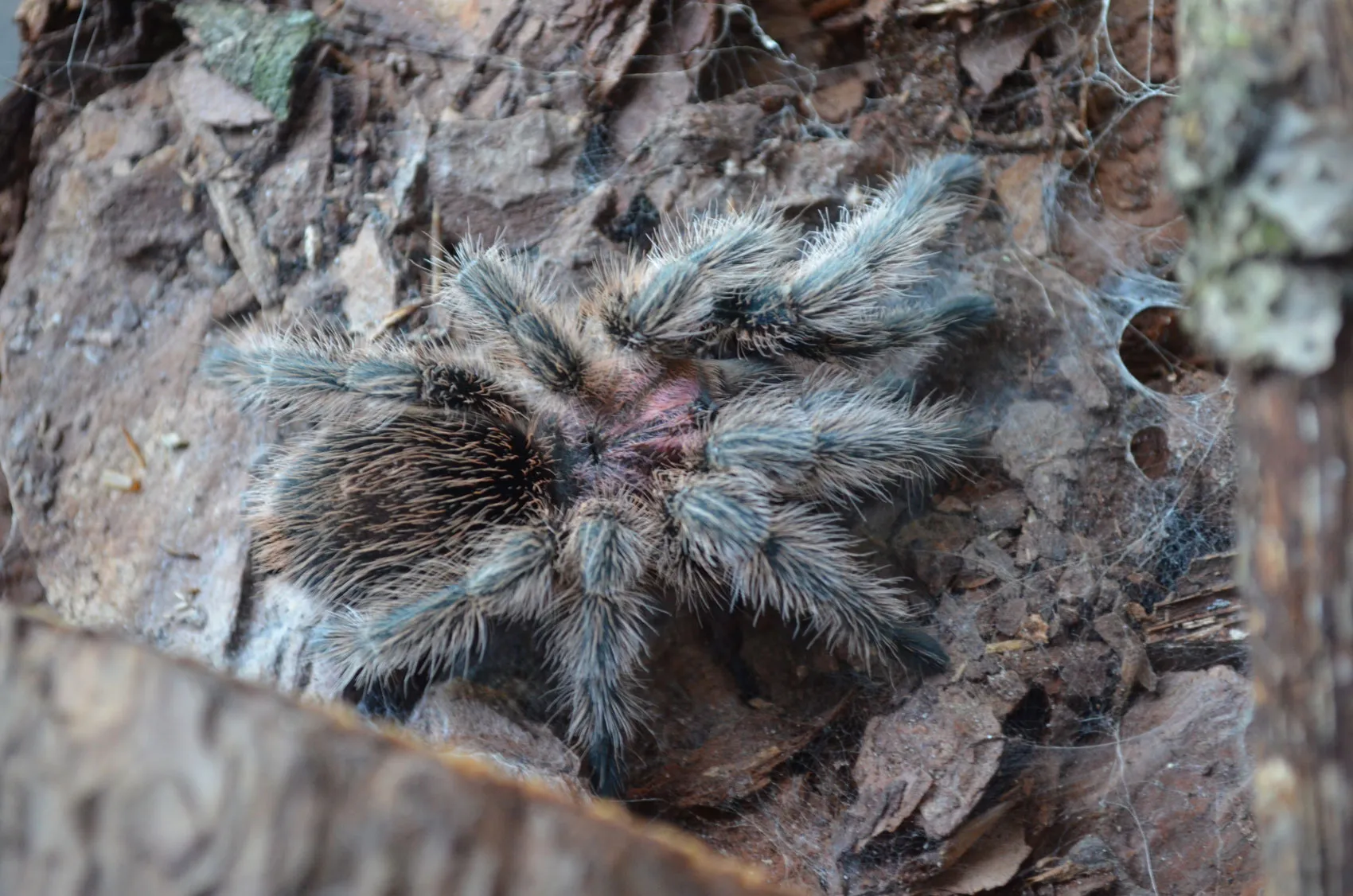
Breeding Rose Hair Tarantulas can be a rewarding experience, but it requires careful planning and knowledge. It’s essential to have experience with tarantula care before attempting to breed them. The process involves introducing a mature male to a mature female in a controlled environment. If the mating is successful, the female will lay an egg sac containing hundreds of eggs. Raising spiderlings is a time-consuming process and requires dedicated care. It is not recommended to try this for beginners; seek expert guidance if you decide to breed your tarantula.
In conclusion, the Rose Hair Tarantula is a captivating pet that can bring joy and intrigue to any home. By following these essential care guidelines, you can ensure that your tarantula thrives in a healthy and stimulating environment. Remember to prioritize its well-being and enjoy the unique experience of owning this fascinating creature. With proper care, your Rose Hair Tarantula can become a cherished member of your family for many years to come.
